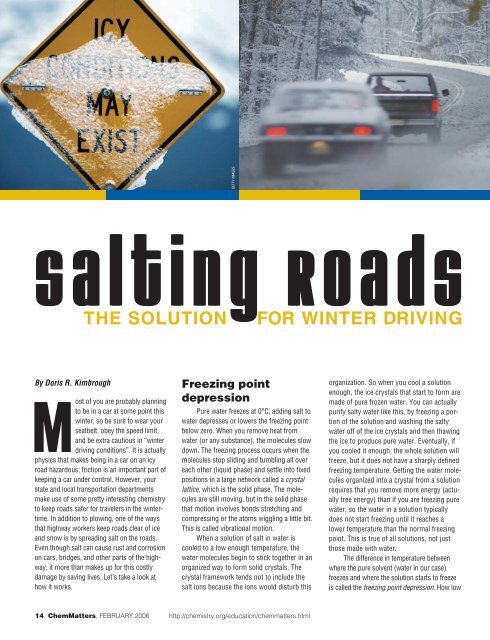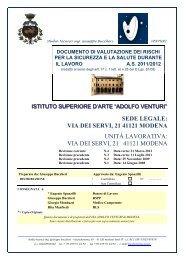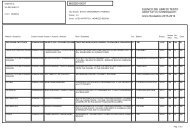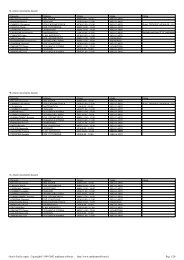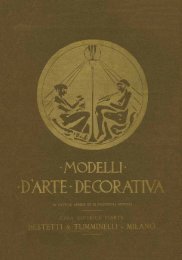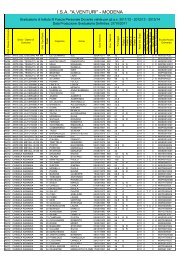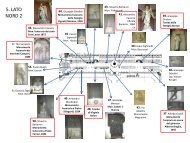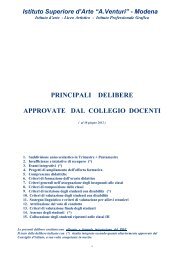and Printing
Super Fibers - A. Venturi
Super Fibers - A. Venturi
- No tags were found...
You also want an ePaper? Increase the reach of your titles
YUMPU automatically turns print PDFs into web optimized ePapers that Google loves.
GETTY IMAGESSalting RoadsTHE SOLUTIONFOR WINTER DRIVINGBy Doris R. KimbroughMost of you are probably planningto be in a car at some point thiswinter, so be sure to wear yourseatbelt, obey the speed limit,<strong>and</strong> be extra cautious in “winterdriving conditions”. It is actuallyphysics that makes being in a car on an icyroad hazardous; friction is an important part ofkeeping a car under control. However, yourstate <strong>and</strong> local transportation departmentsmake use of some pretty interesting chemistryto keep roads safer for travelers in the wintertime.In addition to plowing, one of the waysthat highway workers keep roads clear of ice<strong>and</strong> snow is by spreading salt on the roads.Even though salt can cause rust <strong>and</strong> corrosionon cars, bridges, <strong>and</strong> other parts of the highway,it more than makes up for this costlydamage by saving lives. Let’s take a look athow it works.Freezing pointdepressionPure water freezes at 0°C; adding salt towater depresses or lowers the freezing pointbelow zero. When you remove heat fromwater (or any substance), the molecules slowdown. The freezing process occurs when themolecules stop sliding <strong>and</strong> tumbling all overeach other (liquid phase) <strong>and</strong> settle into fixedpositions in a large network called a crystallattice, which is the solid phase. The moleculesare still moving, but in the solid phasethat motion involves bonds stretching <strong>and</strong>compressing or the atoms wiggling a little bit.This is called vibrational motion.When a solution of salt in water iscooled to a low enough temperature, thewater molecules begin to stick together in anorganized way to form solid crystals. Thecrystal framework tends not to include thesalt ions because the ions would disturb thisorganization. So when you cool a solutionenough, the ice crystals that start to form aremade of pure frozen water. You can actuallypurify salty water like this, by freezing a portionof the solution <strong>and</strong> washing the saltywater off of the ice crystals <strong>and</strong> then thawingthe ice to produce pure water. Eventually, ifyou cooled it enough, the whole solution willfreeze, but it does not have a sharply definedfreezing temperature. Getting the water moleculesorganized into a crystal from a solutionrequires that you remove more energy (actuallyfree energy) than if you are freezing purewater, so the water in a solution typicallydoes not start freezing until it reaches alower temperature than the normal freezingpoint. This is true of all solutions, not justthose made with water.The difference in temperature betweenwhere the pure solvent (water in our case)freezes <strong>and</strong> where the solution starts to freezeis called the freezing point depression. How low14 ChemMatters, FEBRUARY 2006 http://chemistry.org/education/chemmatters.html


